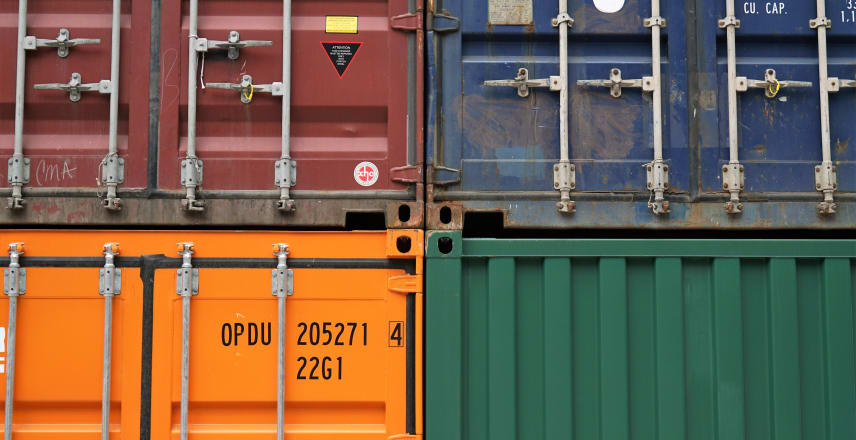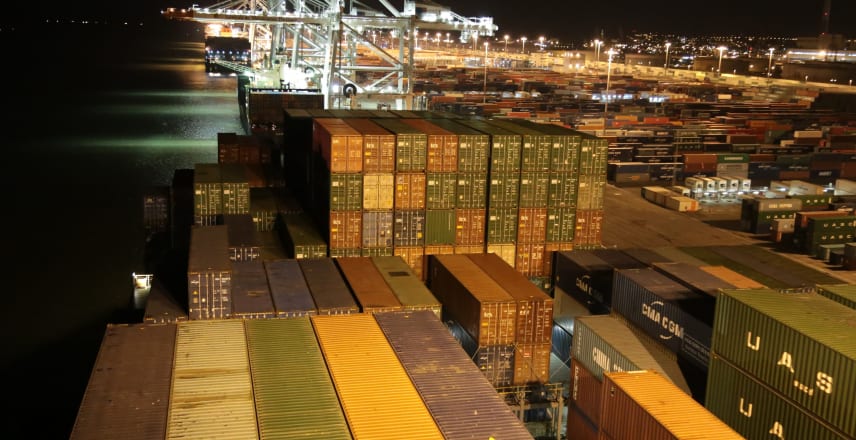Summary
Most of the time when you configure your kubernetes cluster, using the default ingress controller settings works. But when you need to do something custom, you may run into problems. Your underlying docker and kubernetes engine may give you head eaches. We will see in this walkthrough, how to fix on of these and put a smile back on your face.
TL;DR
I have generated some assomptions and investigated, but couldn’t fix the issue at the time of writing. Drop a comment below if you have the solution.
The setup
I have Azure Kubernetes Service cluster. There is I have VM outside the cluster and it is from a different virtual network, from which I try to connect to my container Pod App which is being run on TCP Port 9000.
My purpose
I must not use Public IP and That is not HTTP connection, but I need to connect using the TCP connection.
For that I followed instructions from this link: https://docs.microsoft.com/en-us/azure/aks/ingress-internal-ip
## Step 1: Create the yaml file to helm installation
My file looked like this :
controller:
service:
annotations:
service.beta.kubernetes.io/azure-load-balancer-internal: "true"
Step 2 : Configure nginx
I set the nginx to work on port 80 and 443.
helm install nginx-ingress ingress-nginx/ingress-nginx \
-f internal-ingress.yaml \
--set controller.nodeSelector."beta\.kubernetes\.io/os"=linux \
--set defaultBackend.nodeSelector."beta\.kubernetes\.io/os"=linux \
--set controller.admissionWebhooks.patch.nodeSelector."beta\.kubernetes\.io/os"=linux
A quick check of the status of the service gives the following:
kubectl get services -o wide
NAME TYPE CLUSTER-IP EXTERNAL-IP PORT(S)
nginx-ingress-ingress-ngingx controller LoadBalancer 10.0.36.81 10.33.27.35 80:31312/TCP,443:30653/TCP
Step 3: Run helm upgrade
Run the upgrade command to make sure that the ports are in service (configured).
helm upgrade nginx-ingress ingress-nginx/ingress-nginx -f internal-ingress.yaml --set tcp.9000="default/frontarena-ads-aks-test:9000"
Then, take a look at the config map
kubectl get configmaps
It gives you this output:
apiVersion: v1
data:
"9000": default/frontarena-ads-aks-test:9000
kind: ConfigMap
Step 4: Edit the nginx service
Edit your nginx service to match this.
spec:
clusterIP: 10.0.36.81
externalTrafficPolicy: Cluster
ports:
- name: http
nodePort: 31312
port: 80
protocol: TCP
targetPort: http
- name: https
nodePort: 30653
port: 443
protocol: TCP
targetPort: https
- name: 9000-tcp
nodePort: 30758
port: 9000
protocol: TCP
targetPort: 9000
Step 5: Deploy your app pod and check the result
I have then deployed my pod and this is the result.
apiVersion: apps/v1
kind: Deployment
metadata:
name: frontarena-ads-deployment
labels:
app: frontarena-ads-deployment
spec:
replicas: 1
template:
metadata:
name: frontarena-ads-aks-test
labels:
app: frontarena-ads-aks-test
spec:
nodeSelector:
"beta.kubernetes.io/os": linux
restartPolicy: Always
containers:
- name: frontarena-ads-aks-test
image: fa.dev/:test1
ports:
- containerPort: 9000
selector:
matchLabels:
app: frontarena-ads-aks-test
---
apiVersion: v1
kind: Service
metadata:
name: frontarena-ads-aks-test
spec:
type: ClusterIP
ports:
- protocol: TCP
port: 9000
selector:
app: frontarena-ads-aks-test
Step 6: Configure and deploy your ingress controller
Remember to deploy it in the same default namespace as the above service we configured earlier.
My assomption is that it will connect through the it based on the ClusterIP.
apiVersion: networking.k8s.io/v1beta1
kind: Ingress
metadata:
name: ads-ingress
annotations:
kubernetes.io/ingress.class: nginx
nginx.ingress.kubernetes.io/ssl-redirect: "false"
spec:
rules:
- http:
paths:
- path:
backend:
serviceName: frontarena-ads-aks-test
servicePort: 9000
The issue
Now we get to the issue.
If I try to target from my VM app deployed outside the AKS cluster, I don’t get any resonse. Remember that the VM is in another virtual network with the ingress controller.
My assomptions:
- the ingress controller does not forward the request to the app pod.
- I have setup a passthrough in the service and the ConfigMap. I am thinking I probaly do not need the ingress controller.
- I will try to access the ingress controller from within the same virtual network to check if the issue is inside or outside.
Conclusion
I did not find a solution to my problem but I hope that my investigations and seup will help you find the solution to yours.
If that happen, please drop a comment for the people that will read this post after you.


















